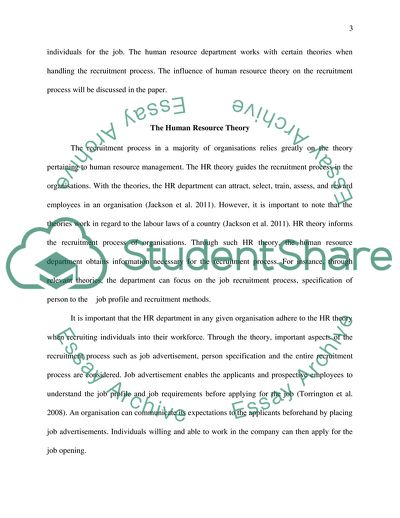Cite this document
(How Human Resource Theory Informs the Recruitment Process Coursework Example | Topics and Well Written Essays - 2000 words, n.d.)
How Human Resource Theory Informs the Recruitment Process Coursework Example | Topics and Well Written Essays - 2000 words. https://studentshare.org/human-resources/1811171-how-does-hr-theory-inform-the-recruitment-process
How Human Resource Theory Informs the Recruitment Process Coursework Example | Topics and Well Written Essays - 2000 words. https://studentshare.org/human-resources/1811171-how-does-hr-theory-inform-the-recruitment-process
(How Human Resource Theory Informs the Recruitment Process Coursework Example | Topics and Well Written Essays - 2000 Words)
How Human Resource Theory Informs the Recruitment Process Coursework Example | Topics and Well Written Essays - 2000 Words. https://studentshare.org/human-resources/1811171-how-does-hr-theory-inform-the-recruitment-process.
How Human Resource Theory Informs the Recruitment Process Coursework Example | Topics and Well Written Essays - 2000 Words. https://studentshare.org/human-resources/1811171-how-does-hr-theory-inform-the-recruitment-process.
“How Human Resource Theory Informs the Recruitment Process Coursework Example | Topics and Well Written Essays - 2000 Words”. https://studentshare.org/human-resources/1811171-how-does-hr-theory-inform-the-recruitment-process.


